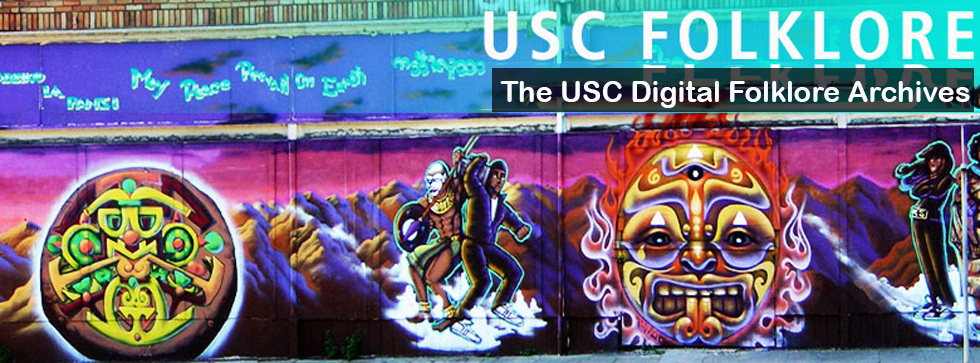‘ In Arizona, there is a mountain called Apache Tear Mountain. Back in the mid and late 1800s, the Apache people lived around this mountain. They were peace-loving and wonderful people. They raised their families in this area, but at one point, the Apache that lived around there went to war with another Native American tribe. The tale goes that the warriors of the Apache tribe met and fought the other tribe on top of the mountain. They fought and fought and fought… Many warriors of the Apache tribe were killed. At the end of the battle, the wives and daughters went to the top of the mountain and saw their family members… grandfathers, fathers, uncles, and brothers… dead from battle. The women wept and cried, and as they cried their tears fell down the mountain and turned to beautiful black glassy stone which then turned into obsidian… the Apache tears.’ – PB
Growing up, PB and his dad would travel to Pima, a town in central Arizona. It was on this drive his dad would always remind him of this legend that many people in Arizona know and share with others. His dad learned this from his father, who was actually a miner in central Arizona, mining silver, copper, tin, and manganese. PB remembers when he would travel to Apache Tear Mountain, he would ask for Apache Tears and would be brought beautiful black stones, stones of obsidian. He even went into the mountain on hikes and trips, and recalls that when he would dig in the soil, it would unearth even more beautiful obsidian. While he learned this from his father, PB has also shared this tale with his own family and children, taking them to the exact spot he grew up going.
This legend was told to me as a child, and has been a story I share with friends on road trips throughout the Arizona deserts. This piece of folklore follows many of the trends that lore is known for. It latches on to the cultural beliefs of the Native American peoples in Arizona and combines it with the legends that were told among these communities. While it can be assumed that these legends were adapted as they flowed through the many diverse communities who told them, this is still a key aspect of folklore; the adaptation of the tradition as it follows through many cultures. Furthermore, this legend combines the tradition and cultural beliefs with an origin for a mineral formed among a mountain, allowing the imagination to give reason as to why and how obsidian was created there in the first place. This tale also allows these communities to uphold the sacred connection to the land in central Arizona. History and legends are combined into one, giving a unique oral tradition to a tale told thousands of times.
